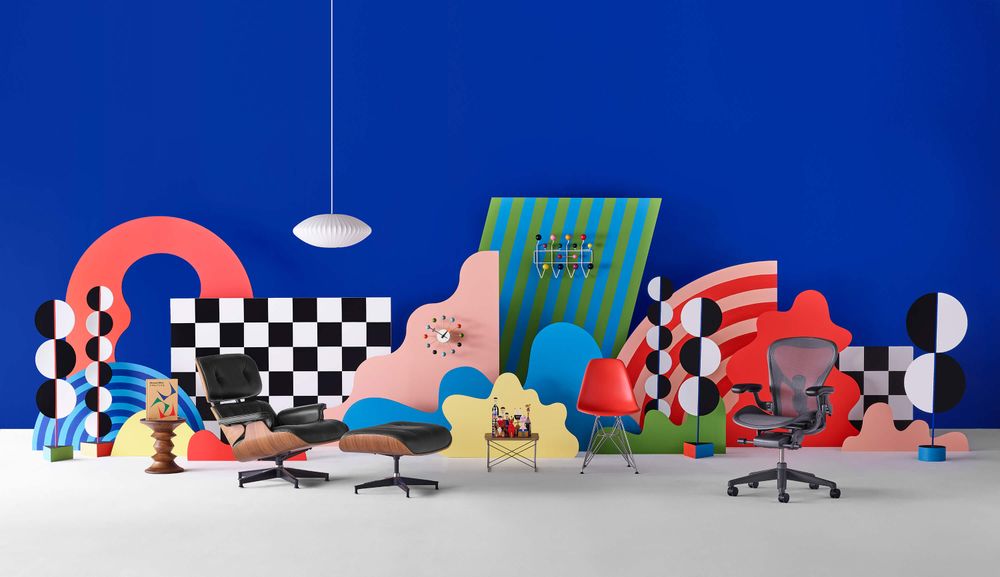Scenario 1: Data Sphere.
Big data management and hyper-connectivity are central to almost every human enterprise in 2018. Organizations around the world, informed by easily accessed data and connected by smartphones, are bypassing both corporate and government gridlock to achieve goals.
Economic growth is straining the supply of natural resources and human talent. Action networks join ad hoc teams inside and outside the organization to scope problems and implement solutions. Social networks have become central to doing business.
Organizations hire data coaches for individual employees; algorithms routinely help sort and order data; data miners help understand and make meaning from data. Increasingly, the line between real and virtual is blurring, as augmented reality and gamification of work become common.
Corporations choose between porous and accessible or monolithic and protected business structures, mirrored in their work environments. The need for genuine human relationships seems greater than ever, as the world of apps and algorithms encroaches on the lives of people in every corner of the world.
Scenario 2: New Normal.
Continuing slow-growth economy has become a new normal, and people around the world have lost faith in politics, government, and most traditional institutions. Linked by networks, individuals are taking matters into their own hands and demanding transparency when it comes to corporate values and practices, interest group agendas, and nonprofit decisions. Verified transparency has become a competitive edge.
Individual, municipal, and sovereign debt seems to be a permanent problem. Corporations are trying to preserve large cash deposits, spending only on low-risk acquisitions and R&D. Third-party verifiers of anything from personal resumes to corporate financial compliance are in demand. Crowdsourced innovations and crowdfunding are two strategies employed by new communities of trust with agendas as diverse as restoring neighborhoods or reducing income disparity worldwide.
The informal world economy has burgeoned, as mistrust of government and institutions pushes people into relationships they can verify for themselves. Many people find comfort in a return to direct, human relationships and local community.
Scenario 3: Polarized world.
World economic power and cultural leadership have polarized into two centers–the United States and China. Governed by a growing cooperation between the two countries, the world economy has stabilized.
Cultural exchanges between emerging markets like India and Brazil and more established markets in Europe and the U.S. are increasing, facilitated by younger people and ever more accessible technology. The work patterns established in the West in the 1950s are almost completely gone, as mobility, autonomy, multiple-employers, and “yuan-trepreneurship” characterize the business world. Like the world itself, all large corporations now run 24/7, and draw strength from a diverse set of talented and younger people scattered around the globe, connected by networks, behaviors, and taste.
Increased competition for natural resources fuels some disputes, but grassroots organizations and governments have achieved many goals for sustainable policies and practices. While the highly educated seek mobile and international lives, others who feel threatened by and unable to cope with a connected and highly multicultural world insist on clear separation between work and life.
How scenario planning helps create “Living Office”.
The scenario stories above provide a platform for discussions with our customers, stimulating deeper thinking, learning, and conversation about how the future might unfold.
Once we’ve completed the scenarios, we conduct “implications workshops,” in which we discuss the possible implications of each scenario to work in 2018. The result of this stage is a set of propositions–our point of view on how work will change. Both the scenarios and resulting propositions comprise one of many inputs into our corporate and product strategies. They also help our customers envision and prepare for their own uncertain tomorrows, including how their own workplaces will need to change to support new realities.
Take an example. From the scenario planning process, we realized that employees in companies are starting to work more fluidly across traditional departments, so projects can get done more quickly. Maintaining rigid institutions and hierarchies is harder to justify. More agile organizations are able to adopt a kind of swarm-based work that allows groups of people to assemble around shared goals quickly and disperse just as speedily.
This realization influenced our development and refinement of Living Office, a holistic approach that updates management, tools, and places to drive greater connectivity, creativity, productivity, and prosperity at work. The Living Office concept proposes a shift from standardized workstations and generic meeting rooms to a diverse landscape of purposeful settings.
Another example is one of our propositions that concerns the importance of “hackable spaces” (i.e., spaces easily altered on the spot) in supporting new ways of organizing and working. We developed new lightweight materials and furniture products, which we call our Metaform line, to make it easier for employees to rearrange their spaces depending on a team’s needs and goals.
Herman Miller is known for its innovative products and processes, and our customers often ask how we nurture innovation. A big part of that is being receptive to it–because there’s really no point in innovative ideas if the culture doesn’t give them honest consideration. The open-mindedness and receptivity scenario planning engenders in our company and allows us to accept new ideas as they present themselves. In the long run, that might be scenario planning’s biggest value of all.
